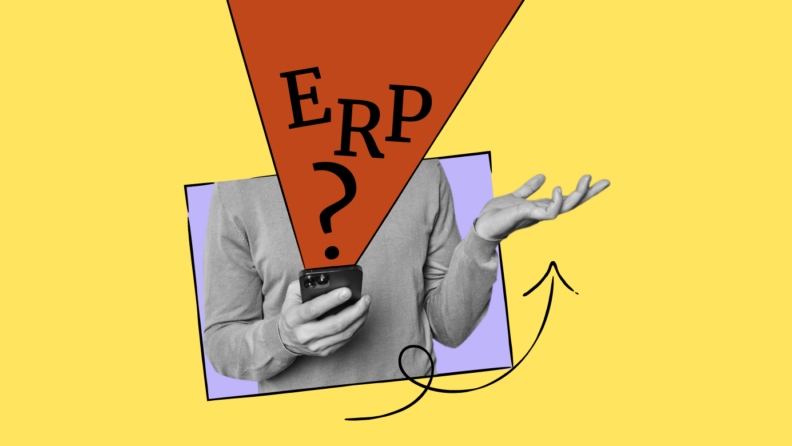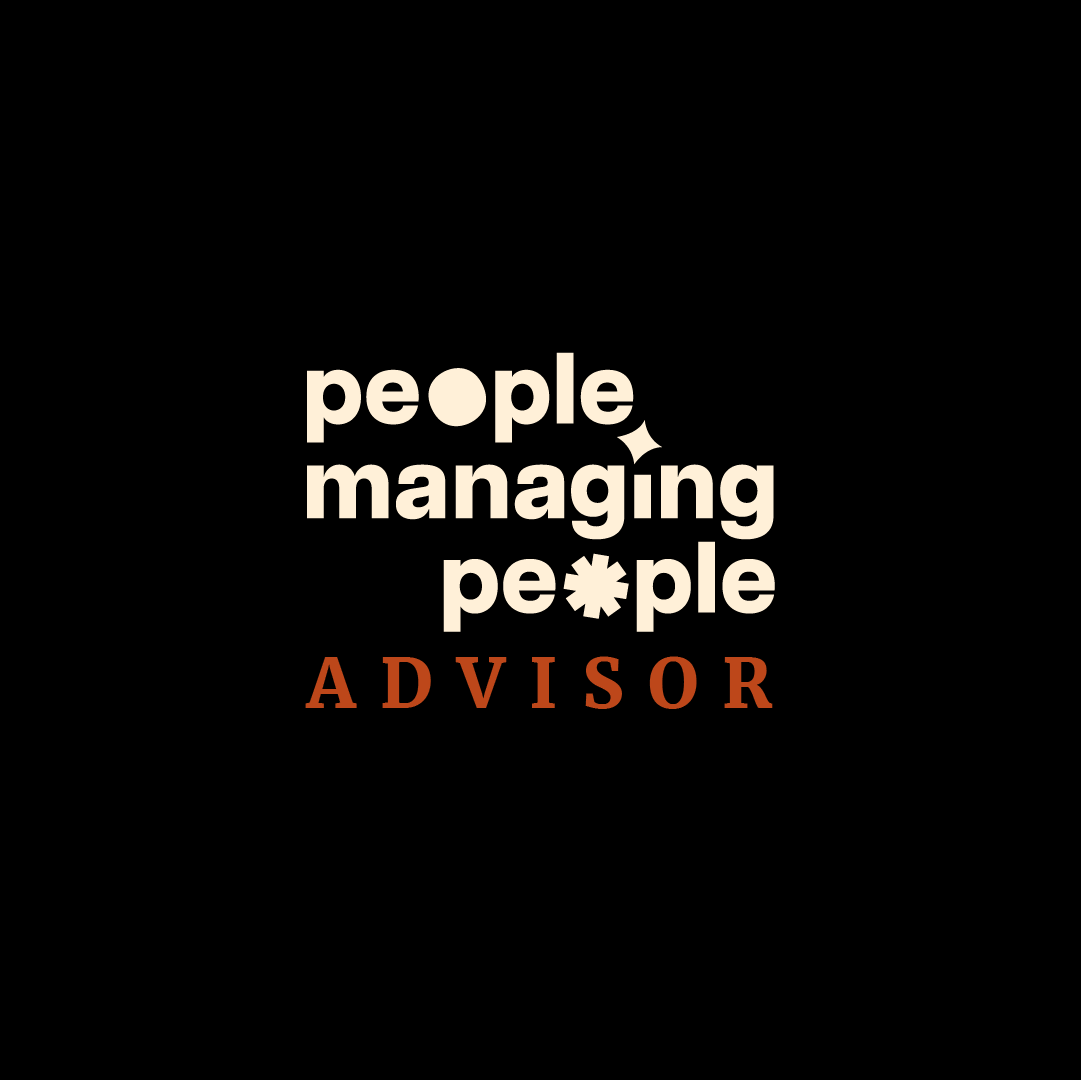People managing people in modern businesses of all sizes have to juggle several business functions. These include human resources, supply chain management, customer relationship management (CRM), and manufacturing resource planning, among other operations. It can be overwhelming to manage all these business aspects manually or independently.
It is, therefore, understandable why systems like enterprise resource planning (ERP) are growing more popular. ERP systems are designed to integrate all business functions, creating workflows and decision-making processes that are easier to manage. This leaves organizations with more time to concentrate on their core business.
Studies show that an ERP platform can bring several benefits to any business. Hamidreza Vakilifard, Shahla Abbaszadeh Meinagh, and Mohammad Reza Khataee conducted a study published by the European Online Journal of Natural and Social Sciences.
The study results “indicated that ERP systems have had an impact on organization performance.” They note that ERP implementation results in “more real-time and accurate information.”
In this article, I define ERP systems and how they work. I also look at why managers who desire automation, improved functionality in areas like the back-office, product customization, accounting, financial management, CRM, and procurement, might consider enterprise resource planning software.
What Is An ERP System?
ERP is an acronym for enterprise resource planning, a business management software. In an article produced for the CIO and business technology executive news website, CIO.com, contributing columnist Bart Perkins provides a comprehensive definition of an ERP system.
He defines it as a “system of integrated software applications that standardizes, streamlines, and integrates business processes across finance, human resources, procurement, distribution, and other departments.”
The American multinational computer technology corporation, Oracle, defines ERP as “a type of software that organizations use to manage day-to-day business activities, such as accounting, procurement, project management, risk management and compliance, and supply chain operations.”
Oracle adds that for an ERP suite to be defined as complete, it needs to include software that assists organizations with planning, enterprise performance management, budgeting, forecasting, and creating reports with details of an organization's financial results.
ERP systems can also be extended with third-party applications to access features such as product life cycle management, e-procurement, product data management, data mining, and other such functions. The ERP system is usually extended through vendor-supplied interfaces.
A Brief History Of ERP
ERP systems were introduced around 1990 mainly for use by manufacturing companies. The concept emanated from such systems as the material requirements planning II (MRP II) developed in 1983, MRP in 1964, and Economic Order Quantity (EOQ), which came into existence in 1913.
According to the provider of enterprise resource planning software, QAD.Inc, the term ERP was coined by the Gartner Group to distinguish ERP systems from MRP systems in the 1990s. QAD.Inc says that during this period, ERP systems started being developed to include business intelligence “while handling other functions, such as sales force automation (SFA), marketing automation and E-commerce.”
Due to some of the challenges with on-premise ERP, vendors started developing cloud based ERP to provide a SaaS ERP system (ERP provided as a software service by vendors). Some of the shortcomings with on-premise ERP deployment include the cost of implementation, licensing, and long implementation duration, among others.
In contrast, SaaS is straightforward and cheaper to implement since you would usually pay a monthly subscription. Users can customize the software based on industry-specific needs. This makes the system suitable even for a small business.
The Main Characteristics Of The ERP System
An enterprise resource planning system has four primary characteristics: modular design, flexible, open and centralized database, and automatic generation of information. This software system operates in real-time, from a general database that supports all software. This results in a consistent look and feel across every ERP module.
The primary goal of an ERP software solution is to bring all units of the business operations together to achieve operational goals quickly. All enterprise processes are integrated across all the business units into a complete approach to streamline processes and information across the whole organization.
Perkins provides an excellent example of how ERP uses real-time data to integrate various business processes. He uses the example of a business that requires customers to make online orders. As soon as a new order is completed, ERP automatically checks the price and initiates a credit check, if needed. It checks if the product is available and notifies the unit that will schedule the delivery. As soon as the order is delivered, an invoice is sent, and the bookkeeping unit can update its accounts.
Let's take a more in-depth look at the several features of a modern ERP system:
Consistent Look And Feel
The consistent look and feel of ERP helps an enterprise reduce the cost of training. Perkins notes that early vendors realized that a consistent look and feel helps the organization appear more professional. Employees operating in various areas of a business can rely on the same information as they work on meeting customers’ specific needs.
The ERP integration makes it possible for an organization to present a consistent face to the market, whether one is looking at its accounting software, warehouse management system, or simple spreadsheets of the manual processes.
All Applications Supported From A Common Database
One of the significant challenges faced by organizations is that different departments operate in silos (disjointed units). This can lead to embarrassing situations where different departments give customers conflicting information which reflects poorly on the quality of you your customer service.
An ERP system ensures that a shared database supports all applications to ensure customer success. This means that workers in different units can depend on the same information from the database for their day-to-day activities and for every business need.
Operates In Real-Time
In this age of the Internet of Things (IoT), where devices are constantly being connected using such technologies as edge computing, the real-time feature ensures that each business process can quickly access the information it needs. Edge computing is a system that brings data storage and computing closer to where it will be used.
ERP’s real-time feature helps to identify problems quickly and buys business executives time to rectify any issues.
Types Of ERP Systems
There are basically three different ERP systems: on-premise software, cloud-based software, and hybrid software. The specific type any organization needs depends primarily on the enterprise's size, available computing gadgets, and the system’s ability to meet the enterprise’s needs.
Let's take a closer look at the three types:
On-Premise ERP Software
As the name implies, on-premise ERP software is deployed onsite. It is controlled mostly by your enterprise after installation or by an ERP consultant. This is the ERP solution you need if you want to be in total control of your ERP system’s security. However, implementing this type of ERP application will require that you have dedicated IT resources on your premises to handle application and server maintenance.
On-premise ERP software comes with several advantages, including:
- Your confidential data does not have to be handled by a third party.
- Every ERP module can be customized to your specific business need.
- Provides strong integration options with your other systems (including your CRM software).
Cloud-Based ERP System
This type of ERP system is often referred to as Software as a Service (SaaS), implying that a third party manages the service. The flexible design allows your staff to store and surf through data via any gadgets with an internet connection. Usually, pricing is based on a periodic subscription.
The main disadvantage of this type of ERP implementation is that you have to trust an ERP vendor to handle some of your sensitive data. However, it has several advantages. For example, you don't need to make a substantial initial investment to get the system. You also don't need specialized equipment or skills before implementing the system.
Hybrid ERP System
The hybrid ERP system is sometimes called a two-tier ERP system. It allows your company to combine cloud based ERP and on-premise ERP systems. This is a system you would choose if you want to enjoy the best of both worlds. For example, you can use the expertise of the ERP consultant without the need to allow them to access all your information.
How Does An ERP System Work?
An ERP system works by decreasing the number of resources needed to run the business optimally but still ensuring profitability and business improvement.
The ERP system is different from a single application because it allows other enterprise modules of your company to work from one database.
The system collects data from different parts of the business. It puts the data into a central location where employees who need it can access it. It dismantles the silos that many businesses suffer from and ensures that adequate information is available to those who need it.
Suppose your company's ERP system is almost fully automated. ERP does the data entry for you in the back-end and also exchanges the information with other units that need it.
For instance, when a shipment order is initiated for the last item in stock, the inventory management modules must record this information and inform relevant departments so that the inventory can be replenished. The sales team will also be informed so that it doesn't make promises that it can’t deliver.
Read more on how ERP works and how you can use it your advantage here.
Why Might You Need An ERP System?
Let's look at some of the reasons why businesses of different sizes may benefit from implementing ERP.
Sharing Information: The ERP system can automatically share crucial information across the various departments of your enterprise, and, as a result, it fosters collaboration through integrated information sharing.
Improved Business Performance: The integrated system will ensure that departments spend time managing their core business instead of trying to get the information that would help them to do so. For instance, an ERP system could improve your business's performance in sales forecasting through order tracking, revenue tracking, and purchase order generation.
Easy to Manage: With the rapid growth in technology, ERP systems continue to become easier to manage and use. This is especially the case for enterprises that may not have the skills or resources to integrate their systems. For large enterprises, ERP can reduce the resources required to run disjointed systems.
Standardized Reporting: If you want your organization to communicate to the market, you will need everybody in the organization to be reading from the same book. ERP will ensure that the information delivered by your organization is coherent.
Reduced Costs: According to the Business Automation Specialists, a provider of ERP, accounting, and automation solutions, “Manufacturing companies with the best-in-class practices utilizing ERP systems were able to reduce inventory levels by 22%.” It adds, “Those same companies also saw almost a 20% reduction in overall costs.”
For an even deeper dive, check this article out on the 9 Benefits of ERP Software.
Need expert help selecting the right ERP Software?
If you’re struggling to choose the right software, let us help you. Just share your needs in the form below and you’ll get free access to our dedicated software advisors who match and connect you with the best vendors for your needs.
Looking For More?
If you’re looking for software other than ERP software, check out the following:
- Human capital management (HCM) software — software built to manage employees, conduct workforce planning, carry out talent management, and carry out workforce optimization.
- Performance management software — software for managing the performance and work behaviour of individual employees within an organization.
- Workforce management software — software for managing aspects of an organization’s workforce, including scheduling, attendance, leave, onboarding, and more.
Lastly, if you're not sure if you need an ERP or CRM system, you might actually need both! This article walks you through the similarities and differences between ERP and CRM software to help you sort that out.



